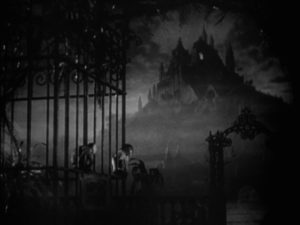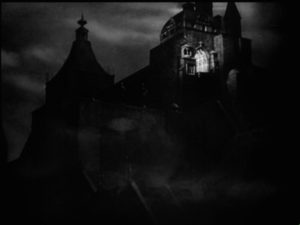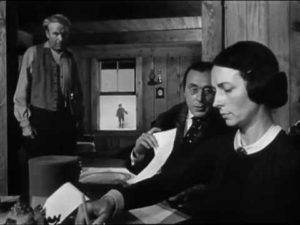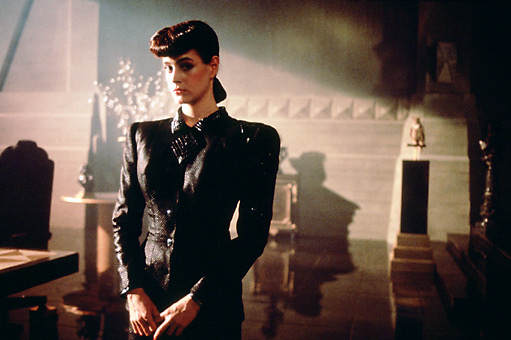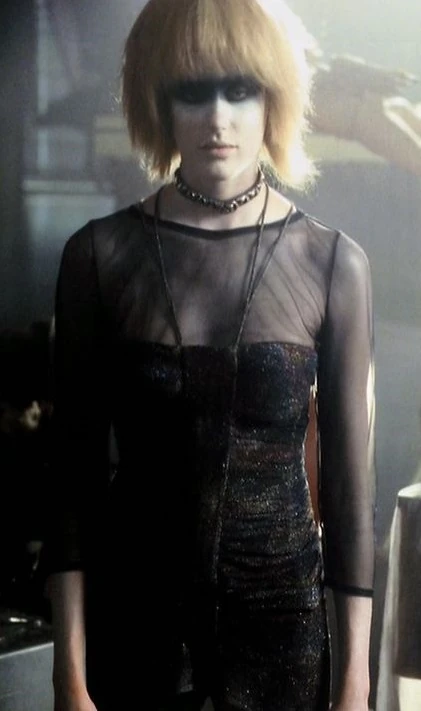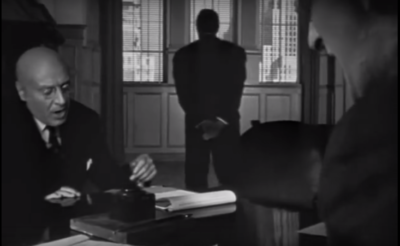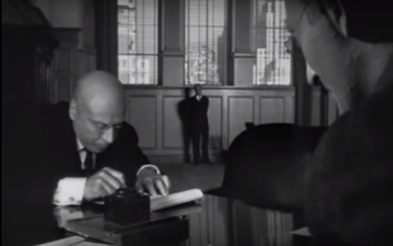In my opinion, this scene from Citizen Kane (1941, dir. Orson Welles) has a wide range of different micro elements, which work together to create a subtle but overall very incredible effect. It is a scene from towards the beginning of the film, where Kane’s childhood is partially explained to the audience.
This scene begins with a fade from the text that is being read to Kane as a young boy playing in the snow. Firstly, this is helpful to the audience as it focuses on the sentence ‘I first met Mr Kane in 1871.’ before fading into the snowy scene, which helps them to understand the context. In addition, the slightly tense music that is playing at the beginning smoothly changes into a happier tone, creating a Christmas feel. This makes the transition between the two shots seem smoother, and helps to immerse the audience in the winter scene.
This scene also features a long take, from 0:26 to 2:06. It begins with the camera zooming out through the window from the shot of Kane playing in the snow. The camera then continues to move backwards through the room, stopping at the end of a table. However, for this take to be possible, the camera must have passed through the table. To solve this problem, the cinematographer for Citizen Kane, Gregg Toland, came up with a table that would split in half to allow the camera to pass through, then quickly attach back together in time for the shot. This was an incredibly innovative idea, as it immerses the audience within the scene and creates a high sense of verisimilitude.
The use of a deep focus lens in this scene is also significant in the message that it portrays. For example, here everything in the scene is in focus, so the audience aren’t quite sure on what they should focus on – the signing of the paperwork in the foreground or Kane playing in the snow in the background.

The deep focus shot causes the emphasis on characters to be drawn from their actions and movements, rather than them just being in focus. The fact that Mrs Kane is in the foreground suggests that she is holding the power in this scene, as she is in control of young Kane’s future. Kane is also in focus because of the lens, and he is shown to be playing happily in the snow. The mood of his actions contrast the atmosphere inside the room, which emphasises to the audience how much this deal will affect his life.
The lighting used in this scene is subtle, but still creates an effect. Compared to some other scenes in the film, it isn’t used as heavily here, but the bright lighting could be suggesting how Kane’s childhood was a happy time where he didn’t have to worry much. As the film progresses, the scenes become darker, which could be showing how his life is going downhill – especially towards the end when his wife leaves him and he’s left in Xanadu all alone. In addition, Mrs Kane is in slightly brighter lighting than Mr Kane, again implying that she holds all the power over the boy’s future.
At the end of this scene, the camera eventually switches from using medium shots to a close up of Mrs Kane and Kane’s faces. These shots are some of the only close-ups used in the film, and they help the audience to clearly see the emotions in the characters’ faces. It helps the audience to realise how much Kane doesn’t want to go and live with Mr Thatcher, and it makes them sympathise with the young boy.

